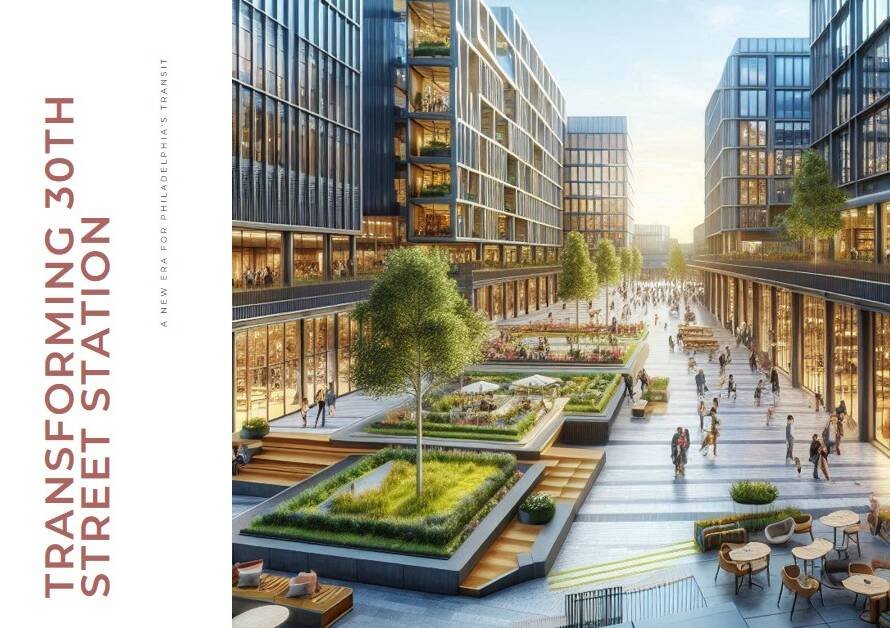
Table of Contents
1. Introduction: Harnessing the Power of Rendering Software
In the realm of architecture and design, rendering software plays a pivotal role in bringing concepts and designs to life with stunning visualizations. The introduction sets the stage by highlighting the importance of rendering software in architectural workflows and the need for effective strategies to maximize its potential.
2. Optimize Scene Lighting and Materials
One of the key tricks to master in rendering software is optimizing scene lighting and materials. Proper lighting setups, including natural light, artificial sources, and ambient lighting, greatly impact the realism and mood of rendered images. Experiment with different lighting scenarios to achieve desired effects such as daylight simulations, dramatic shadows, or cozy interior atmospheres. Additionally, pay attention to material properties such as textures, reflectivity, and transparency to create lifelike surfaces that enhance visual appeal and realism.
3. Utilize High-Quality Assets and Textures
The quality of assets and textures used in rendering can make a significant difference in the final output. Invest in high-resolution textures, 3D models, and environmental assets to add depth, detail, and authenticity to your scenes. Look for reputable sources or create custom textures to match specific design elements accurately. Using high-quality assets not only improves visual fidelity but also reduces rendering times by optimizing resource usage within the software.
4. Master Camera Angles and Composition Techniques
Effective camera angles and composition techniques are essential for capturing the essence of architectural designs in rendered images. Experiment with different viewpoints, focal lengths, and framing techniques to highlight key design features, spatial relationships, and perspectives. Incorporate principles of visual hierarchy, balance, and storytelling into your compositions to create engaging and impactful renderings that effectively communicate design concepts and narratives to clients and stakeholders.
5. Leverage Post-Processing and Image Editing Tools
Post-processing and image editing tools offer opportunities to fine-tune rendered images and achieve desired visual effects. Use software like Adobe Photoshop or specialized rendering plugins to adjust colors, contrast, exposure, and add atmospheric effects such as depth of field, lens flares, or glare. Incorporate post-production techniques judiciously to enhance realism, correct imperfections, and create polished final renderings that meet professional standards and client expectations.
6. Optimize Rendering Settings and Parameters
Understanding and optimizing rendering settings and parameters can significantly improve rendering efficiency and quality. Experiment with render engine settings, sampling rates, ray tracing options, and output resolutions to strike a balance between rendering speed and image quality. Utilize render presets or custom configurations tailored to specific project requirements and hardware capabilities to achieve optimal results within reasonable timeframes.
7. Embrace Iterative Design and Feedback Loops
Rendering software is not just a tool for final presentations but also a powerful tool for iterative design and feedback loops. Use quick rendering previews or interactive rendering modes to explore design variations, lighting scenarios, and material options in real time. Seek feedback from peers, clients, and stakeholders throughout the design process, incorporating their input to refine and improve rendered visuals iteratively.
8. Stay Updated with Software Updates and Plugins
Keeping abreast of software updates, new features, and plugins is essential for leveraging the full potential of rendering software. Regularly update your rendering software to access performance improvements, bug fixes, and new functionalities that enhance rendering capabilities. Explore and integrate compatible plugins or extensions that offer specialized tools for specific rendering tasks, such as vegetation generation, parametric design, or post-production effects, to expand your rendering toolkit and workflow efficiency.
9. Opt for GPU Acceleration and Cloud Rendering Services
Utilizing GPU acceleration and cloud rendering services can significantly speed up rendering times and boost productivity, especially for complex scenes or tight deadlines. Invest in graphics cards optimized for rendering tasks and leverage GPU-accelerated rendering engines to harness the power of parallel processing for faster image generation. Additionally, consider utilizing cloud rendering services that offload rendering tasks to remote servers, allowing for scalable rendering capabilities and freeing up local computing resources for design work.
10. Conclusion: Elevating Architectural Visualizations with Expert Techniques


In conclusion, mastering rendering software for architectural visualization requires a combination of technical proficiency, creative experimentation, and attention to detail. By optimizing lighting and materials, leveraging high-quality assets, mastering composition techniques, embracing post-processing tools, optimizing rendering settings, embracing iterative design processes, staying updated with software advancements, and utilizing hardware acceleration and cloud rendering services, architects and designers can elevate their renderings to professional standards that effectively communicate design intent, aesthetics, and functionality to clients and stakeholders. Incorporate these expert tricks into your rendering workflows to create compelling visualizations that showcase your architectural vision with precision and impact.


